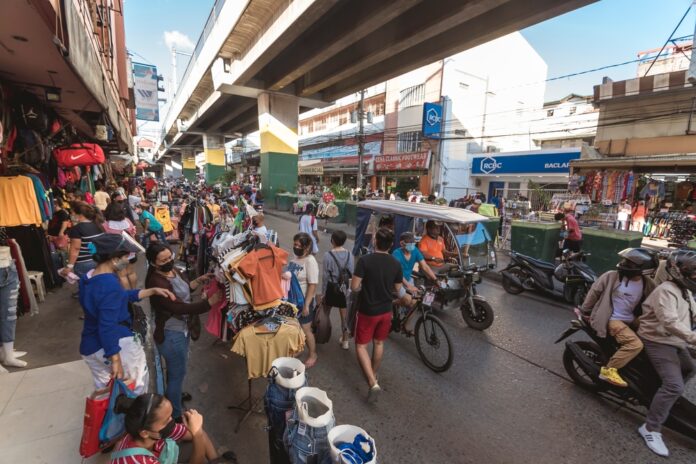The ranks of poor Filipinos declined in the first half of this year compared to the same period in 2021 as the government lifted COVID-19 mobility restrictions last year, allowing the economy to recover, create more jobs and spur more investments.
Data released by the Philippine Statistics Authority on Friday showed the preliminary property incidence among Filipinos at 22.4 percent of the population, or 895,260 people escaping poverty compared to the level in 2021, where the poverty incidence was at 23.7 percent, or 26.1 million individuals.
Despite the improvement, the impact of the COVID-19 pandemic on Filipinos remain dramatic, with poverty incidence still higher 21.1 percent registered in 2018, a percentage equivalent to 22.3 million Filipinos. This despite the increase in the estimated per capita income to P16,667 this year from P14,498 in 2021 and P12,638 in 2018.
The poverty incidence survey is conducted every three years as part of the Family Income and Expenditures Survey.
Economic Planning Secretary Arsenio Balisacan told reporters that the aspiration of the Marcos Administration to lower poverty incidence to single-digit by 2028 remains, noting that poverty incidence among families declined to 16.4 percent in the first semester of 2023 from 18 percent in the same period of 2021.
“The decision to fully open the economy and lift all COVID-19 restrictions in the country starting in 2022 has allowed us to recover from the unprecedented, combined impact of the pandemic and the government’s policy responses to the crisis. Notably, in the first three quarters of 2023, the Philippines demonstrated remarkable resilience amid all challenges, with the gross domestic product growth rate averaging at 5.5 percent, placing us among the best-performing economies in Asia,” said Balisacan.
He highlighted the most recent labor force statistics that showed continued improvement in labor market conditions, with the unemployment rate dropping to 4.2 percent in October 2023 from 4.5 percent in October 2022 and the underemployment rate to 11.7 percent from 14.2 percent in the same period.
Balisacan said high inflation in the first semester of 2023 had partially offset the positive effect of income growth on poverty. Inflation for the poorest 30 percent of Filipino households started the year at 9.7 percent before easing to 4.9 percent in November.
“We note that per capita income among those in the first income decile (the poorest 10 percent of our population) increased by 21.4 percent, and those in the second and third deciles increased by 19.4 and 18.3 percent, respectively. Had the inflation rate for the bottom 30 percent been at 4 percent in 2021 and another 4 percent in 2022, the cumulative increase in poverty threshold would be around 8.2 percent instead of 14.2 percent,” the economic planning chief said.
“Assuming the same increase in income, poverty incidence among the population would have been about 16 percent instead of the observed 22.4 percent,” he added.He said the government will continue to pursue various intervention initiatives to sustain the decline in poverty incidence among Filipinos, and push it to single digit by the time President Ferdinand Marcos Jr. steps down from office.







